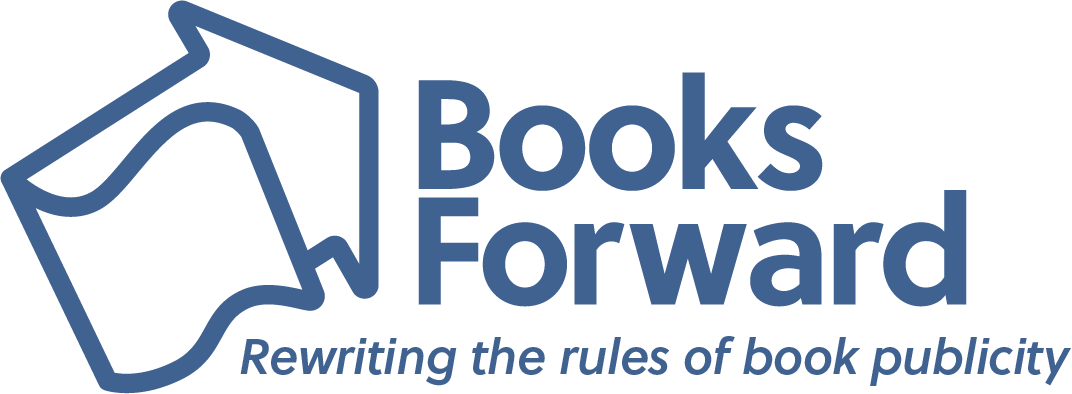Uncover mysterious secrets and find your true self in debut novel 8 years in the making
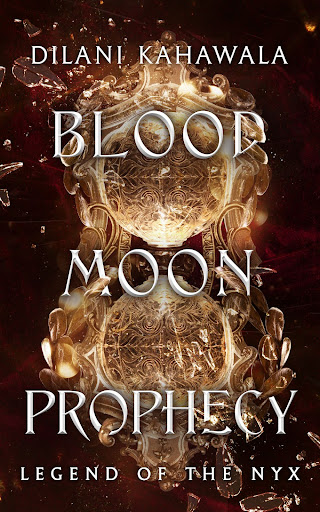 SAN FRANCISCO, CA – While working a full-time career in tech, Harvard-educated physicist Dilani Kahawala spent her late nights imagining an epic fantasy realm reflective of the diverse friendships she holds close to her heart. A labor of love eight years in the making, “Blood Moon Prophecy: The Legend of the Nyx” (Cedar Street Press) is scheduled for release in October 2022. In the first installment of a magical new series, join protagonist Tilly Nyx on an edge-of-your-seat adventure as she sets sail across the magical oceans of Marea searching for her way home.
SAN FRANCISCO, CA – While working a full-time career in tech, Harvard-educated physicist Dilani Kahawala spent her late nights imagining an epic fantasy realm reflective of the diverse friendships she holds close to her heart. A labor of love eight years in the making, “Blood Moon Prophecy: The Legend of the Nyx” (Cedar Street Press) is scheduled for release in October 2022. In the first installment of a magical new series, join protagonist Tilly Nyx on an edge-of-your-seat adventure as she sets sail across the magical oceans of Marea searching for her way home.
Eleven years ago, Tilly Nyx did something she wasn’t supposed to. As a result, her mother was killed. Her village was destroyed. Her sister disappeared. And an ancient horror sent her into hiding.
Now sixteen years old, Tilly is determined to go home, even though she doesn’t know where home is or how to get there. All she has is the map that her mother made her swear to protect with her life.
Tilly soon finds herself plunged into the world where it all began—a world of oceans, sailing ships, and feuds between ancient magical families. She joins a fleet in search of the secret that her map holds, the secret that has been guarded by her family for thousands of years.
As Tilly learns how to cast sprites and make potions, she and her three friends must follow the trail of murky clues left by her ancestors before time runs out. But the closer they get to their destination, the more Tilly learns about her true identity–and everything is not as it seems.
For fans of “The Mortal Instruments” and the “Percy Jackson” series, “Blood Moon Prophecy” is an exciting coming-of-age story with a spine-tingling dark mystery at its core–a thrilling tale that ultimately celebrates friends, family, and the bonds that connect us forever.
“Blood Moon Prophecy: The Legend of the Nyx”
Dilani Kahawala | October 11, 2022 | Cedar Street Press | YA Fantasy
Paperback | ISBN: 979-8-9864437-0-6
 DILANI KAHAWALA: Dilani started out adulting by becoming a theoretical physicist working on extra dimensions (no, seriously!). She figured out pretty quickly that there weren’t that many people who wanted to read her work, so she turned her hand to fiction. Many of the characters in her stories are inspired by the various cultures she grew up in. Born in Sri Lanka, she has lived in New Zealand and Australia and now lives in the United States. When she’s not writing, she’s chasing after her two toddlers with her husband, eating pizza, and watching escapist movies. You can find Dilani at her website: https://dilaniwrites.com/
DILANI KAHAWALA: Dilani started out adulting by becoming a theoretical physicist working on extra dimensions (no, seriously!). She figured out pretty quickly that there weren’t that many people who wanted to read her work, so she turned her hand to fiction. Many of the characters in her stories are inspired by the various cultures she grew up in. Born in Sri Lanka, she has lived in New Zealand and Australia and now lives in the United States. When she’s not writing, she’s chasing after her two toddlers with her husband, eating pizza, and watching escapist movies. You can find Dilani at her website: https://dilaniwrites.com/
Follow Dilani on social media:
Facebook: @DilaniWrites | Twitter: @DilaniWrites | Instagram: @DilaniWrites
In an interview, Dilani can discuss:
- How her background studying theoretical physics at Harvard influenced her approach to fantasy writing
- Her eight-year journey writing “Blood Moon Prophecy” and how she balances writing fiction and holding a full time job in tech
- Her love of epic fantasy stories and why she set out to create a fantasy realm that is both accessible and inclusive
- How growing up with a diverse group of friends influenced her book’s characters
- The important role that food plays for the characters in the book
- How her love for mystery, action, and thriller shaped this genre-bending story
- What it was like living in New York City, and how that inspired part of the book
An Interview with Dilani Kahawala
“Blood Moon Prophecy: The Legend of the Nyx” takes place on a naval ship across a vast ocean world. What was your inspiration for creating this unique fantasy world?
To me, ships always mean adventure and the unknown, whether they’re sailing ships or spaceships. You pack a lot of people into a ship and you set off into the unknown, and there’s bound to be excitement and a good story. When I was younger, I loved watching the old Hornblower series with the sailing ships, which inspired a lot of the ships in Blood Moon Prophecy. I also love watching Star Wars, Star Trek and other sci-fi shows like Firefly. The ships might look different but it’s the same spirit of adventure in the unknown, with a group of friends.
When it came to creating the ocean world, Marea, in Blood Moon Prophecy, I wanted the ships to feel like characters too. I wanted the Kaluza to truly feel like Tilly’s home and a place where the reader would also want to spend time and discover. It has its secrets too. Some dark ones.
I wanted to imagine a rich world of oceans where people learn to live on the open seas, and travel together in fleets that work like villages.
You earned a PhD in theoretical physics at Harvard; did your studies influence your approach to fantasy writing at all?
Being a theoretical physicist means you spend a lot of time thinking about big ideas in your head. Fantasy writing wasn’t too different.
As a physicist I worked on something called ‘model building,’ which is coming up with theories about how the fundamental rules of how the universe works that also explain everything we see and experience today. It’s hard! There are so many constraints and all the parts of your theory have to come together in just the right way.
Coming up with Marea and the magic in it, was similar. Physics models are of course tested by rigorous experiments, but stories are tested in their own way by readers. All the pieces have to make sense together and feel real, so much so that the reader doesn’t bat an eyelid when they make the transition.
What inspired the character Tilly Nyx and the friendships she has?
I used to live on the Upper West Side of NYC, in a quaint little brownstone, next to Central Park. When I looked out of my window, I saw the San Remo across the street, which is a famous grand old building in NYC, and I used to wonder what it would be like if there were magical families living there. Why would they be hiding in New York? Where did they come from? Then came the idea of a girl who lived there, in secret, her past shrouded in mystery.
The friendships are the cornerstone of this story. My favorite stories are the ones based on great friendship, whether it’s Harry, Hermione and Ron, or Luke, Han and Leia. Great friendships form when an unlikely group of people are thrown together and they have to get themselves out of a tough spot. I wanted to take the reader on that journey. What’s most important is that I wanted the reader to feel like they could be part of Tilly’s little group.
The characters and the friendships are inspired by my own experience growing up. I was (am) a nerd and so my friends and I definitely weren’t cool, very much like Tilly, Nav, Mei and James. Having moved around a lot, I know what it means to feel isolated in a new place, where you might not feel so welcome. But the friendships that I did form were incredibly special and I treasure them to this day.
4. With a lot of YA fantasy books out there, how does your book stand out against the rest?
What I’m most proud of in this book are the richness of the characters and the way that the core fantasy elements blend with mystery, adventure and thriller elements. I spent 8 years writing and rewriting this story, until I felt like the characters and the way that the story weaves together is perfect.
I love reading and watching mystery and thriller stories. I’m also a bit of an archaeology fan. I couldn’t put down The Da Vinci Code and The Mummy and Indiana Jones are among my favorite movies. At the heart of Blood Moon Prophecy is an ancient, dark mystery that is core to figuring out Tilly’s identity. The fate of their world rests on figuring out what exactly happened between two people thousands of years ago. Woven into the story are ancient cultures and lost languages. Right from the beginning you can tell there is a bit of a dark side to this mystery, it’s spine tingling.
I also try to capture a story that is a melting pot of cultures and food. I grew up with, and have a really diverse group of friends, and feel very lucky to have so many friends from different parts of the world. I’ve experienced a little bit of each of their cultures and it’s amazing. I try to bring that into the story by creating colorful characters from a wide range of backgrounds. Food ties it all together. No matter how much danger there is or how bad things get in the story, there is always good food, just around the corner, whether it’s Thai street food, a burger or the Sri Lankan ‘short eats’ that my grandmother used to make.
The book moves quickly. It’s not a thousand pages on the history of elves. Let’s be real, we’re in the age of Tiktok. The chapters are short and the story feels more like a movie and less like slogging through pages and pages of words.
5. What do you hope readers will take away from “Blood Moon Prophecy”? Can readers expect to see more from Tilly in the future?
When you finish reading, it should feel like you got thrown headfirst into a magical world unlike any other, a group of friends you love hanging out with and a mystery that you can’t stop thinking about.
This is just the beginning. Tilly is just getting started in her journey to unravel the mystery of her ancestors and her identity? Who is she exactly? Where is the trail of breadcrumbs taking her? In the next book, you’ll see Tilly and her friends back on this side looking for more clues left by her mother, before diving into the far reaches of Marea’s oceans.

A former award-winning journalist with national exposure, Marissa now oversees the day-to-day operation of the Books Forward author branding and book marketing firm, along with our indie publishing support sister company Books Fluent.
Born and bred in Louisiana, currently living in New Orleans, she has lived and developed a strong base for our company and authors in Chicago and Nashville. Her journalism work has appeared in USA Today, National Geographic and other major publications. She is now interviewed by media on best practices for book marketing.
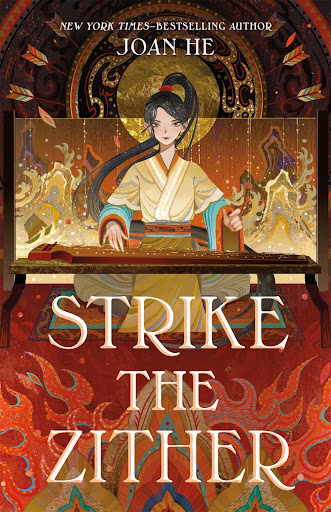 Philadelphia, PA – New York Times and Indie bestselling author Joan He shocked readers with the rich Chinese-inspired fantasy Descendant of the Crane, and stunned with the “cli-fi” (climate sci-fi) twists of The Ones We’re Meant to Find. Now she returns with a masterful, genderswapped reimagining of China’s most famous historical epic, Three Kingdoms, in her new novel STRIKE THE ZITHER (October 25, 2022, Roaring Brook Press).
Philadelphia, PA – New York Times and Indie bestselling author Joan He shocked readers with the rich Chinese-inspired fantasy Descendant of the Crane, and stunned with the “cli-fi” (climate sci-fi) twists of The Ones We’re Meant to Find. Now she returns with a masterful, genderswapped reimagining of China’s most famous historical epic, Three Kingdoms, in her new novel STRIKE THE ZITHER (October 25, 2022, Roaring Brook Press). JOAN HE was born and raised in Philadelphia but still will, on occasion, lose her way. At a young age, she received classical instruction in oil painting before discovering that storytelling was her favorite form of expression. She studied Psychology and East Asian Languages and Cultures at the University of Pennsylvania and currently writes from a desk overlooking the Delaware River. Descendant of the Crane is her debut young adult fantasy. Her next novel, Strike the Zither, is the first in a duology and will be published on October 25, 2022. Learn more at
JOAN HE was born and raised in Philadelphia but still will, on occasion, lose her way. At a young age, she received classical instruction in oil painting before discovering that storytelling was her favorite form of expression. She studied Psychology and East Asian Languages and Cultures at the University of Pennsylvania and currently writes from a desk overlooking the Delaware River. Descendant of the Crane is her debut young adult fantasy. Her next novel, Strike the Zither, is the first in a duology and will be published on October 25, 2022. Learn more at 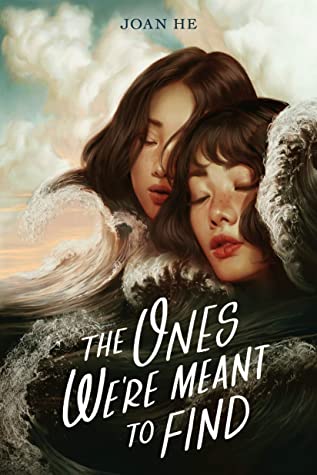 An instant New York Times and Indie Bestseller
An instant New York Times and Indie Bestseller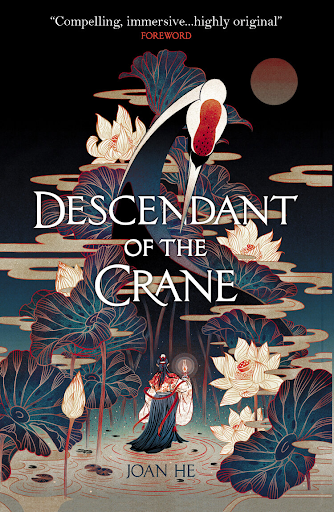 “Deep world-building & intricate palace politics kept me guessing until the end.”
“Deep world-building & intricate palace politics kept me guessing until the end.”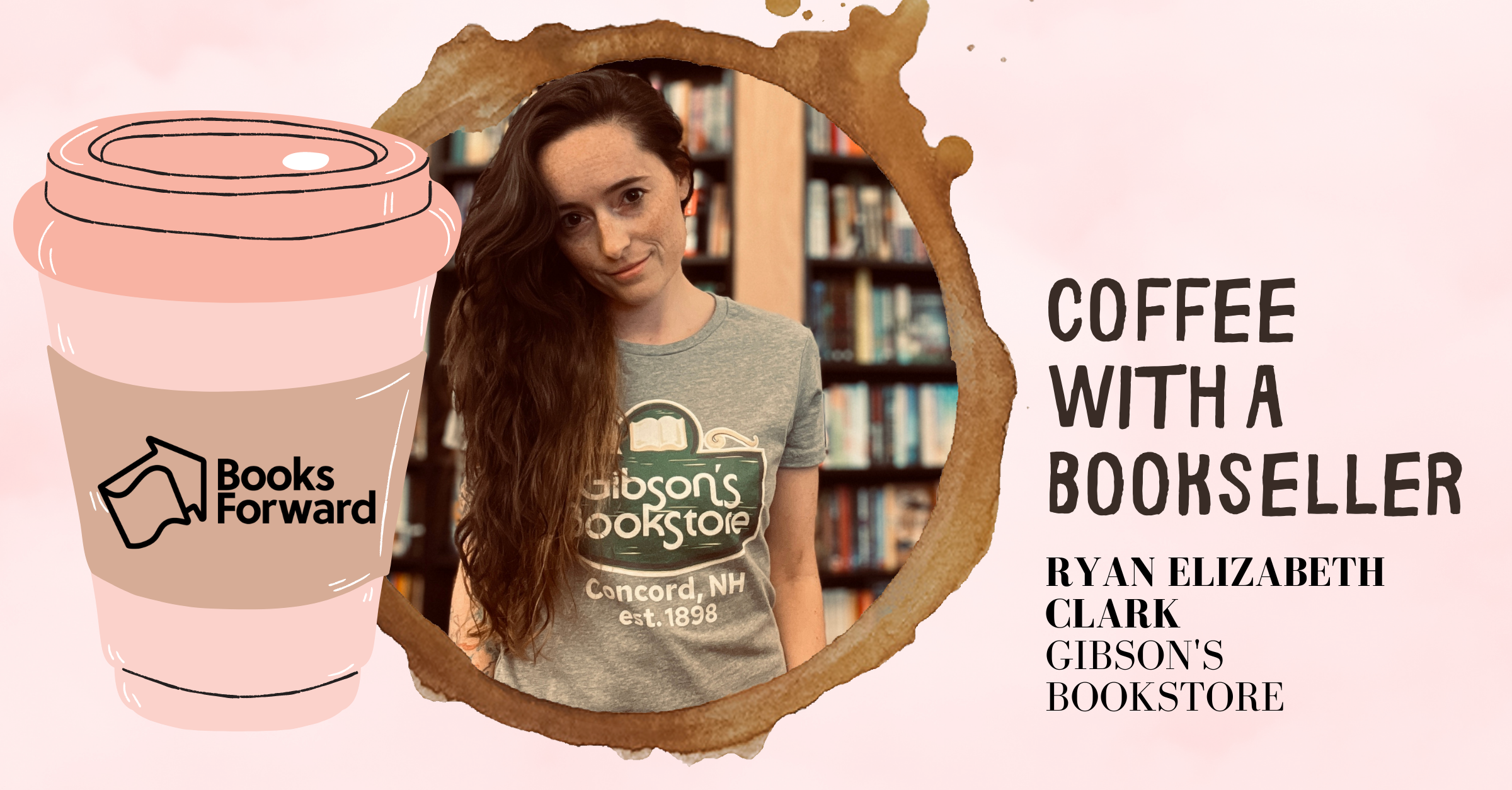
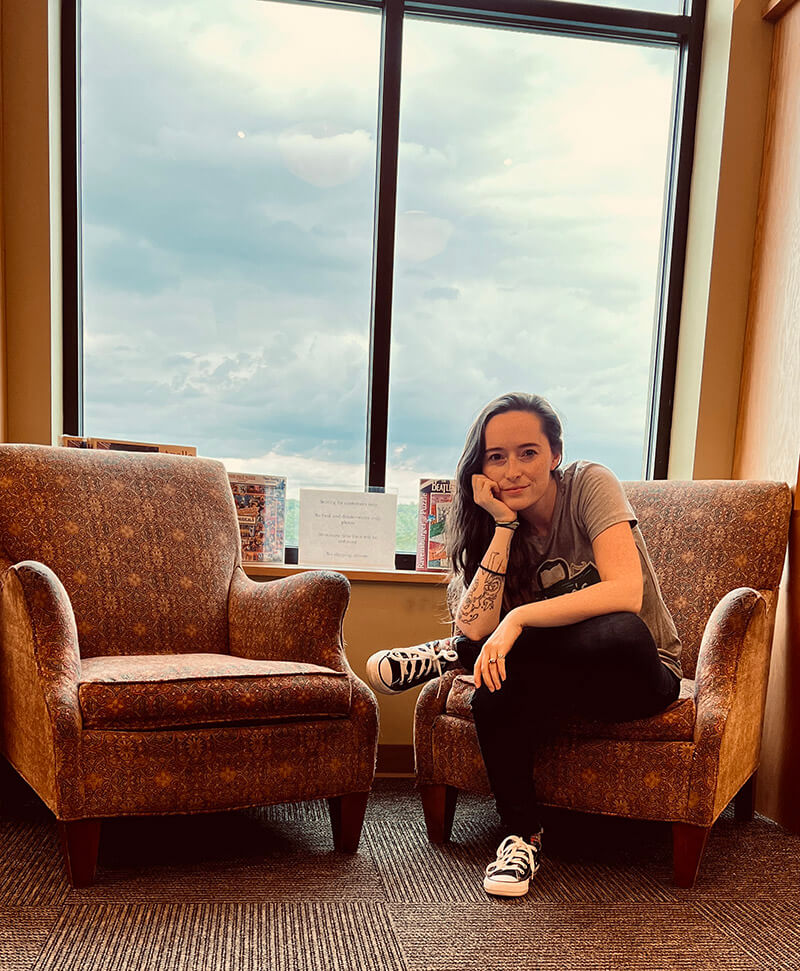 1. What’s your favorite area of your bookstore?
1. What’s your favorite area of your bookstore?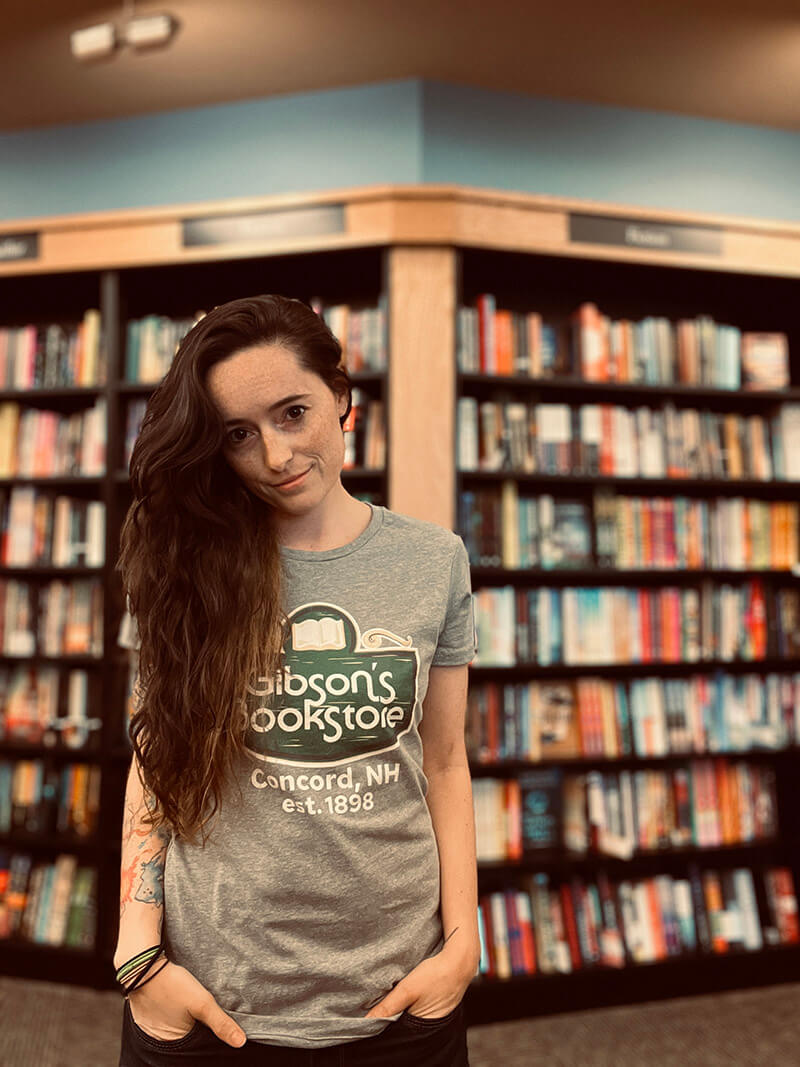 6. What are some misconceptions people have about working in a bookstore?
6. What are some misconceptions people have about working in a bookstore?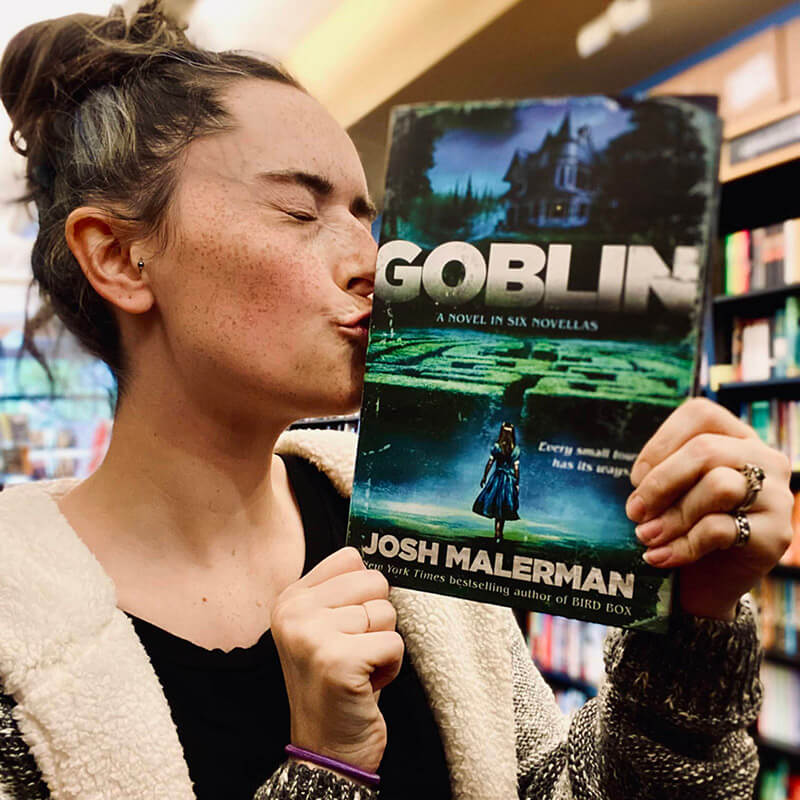

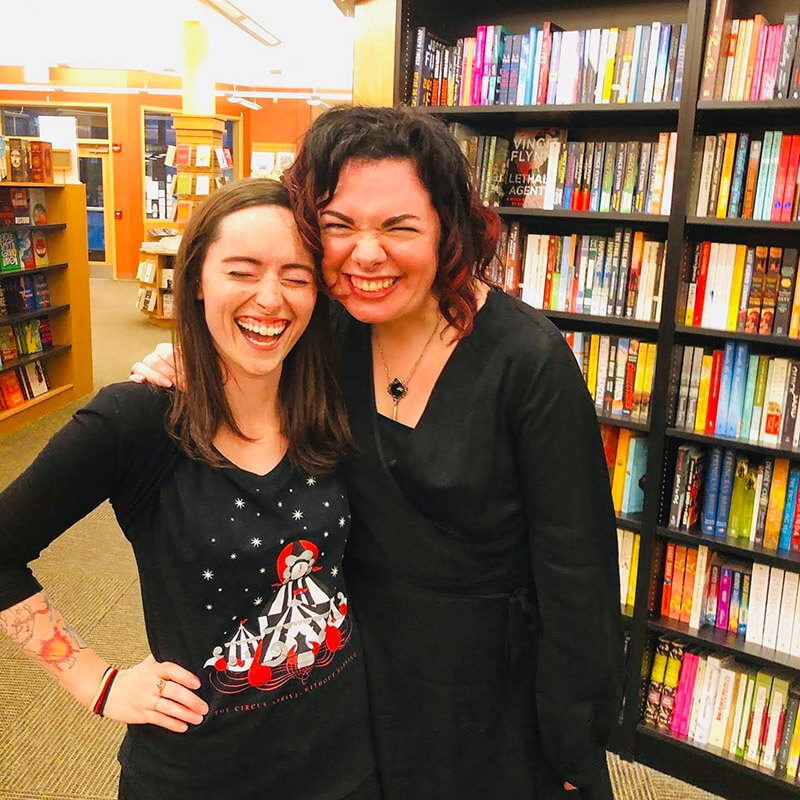
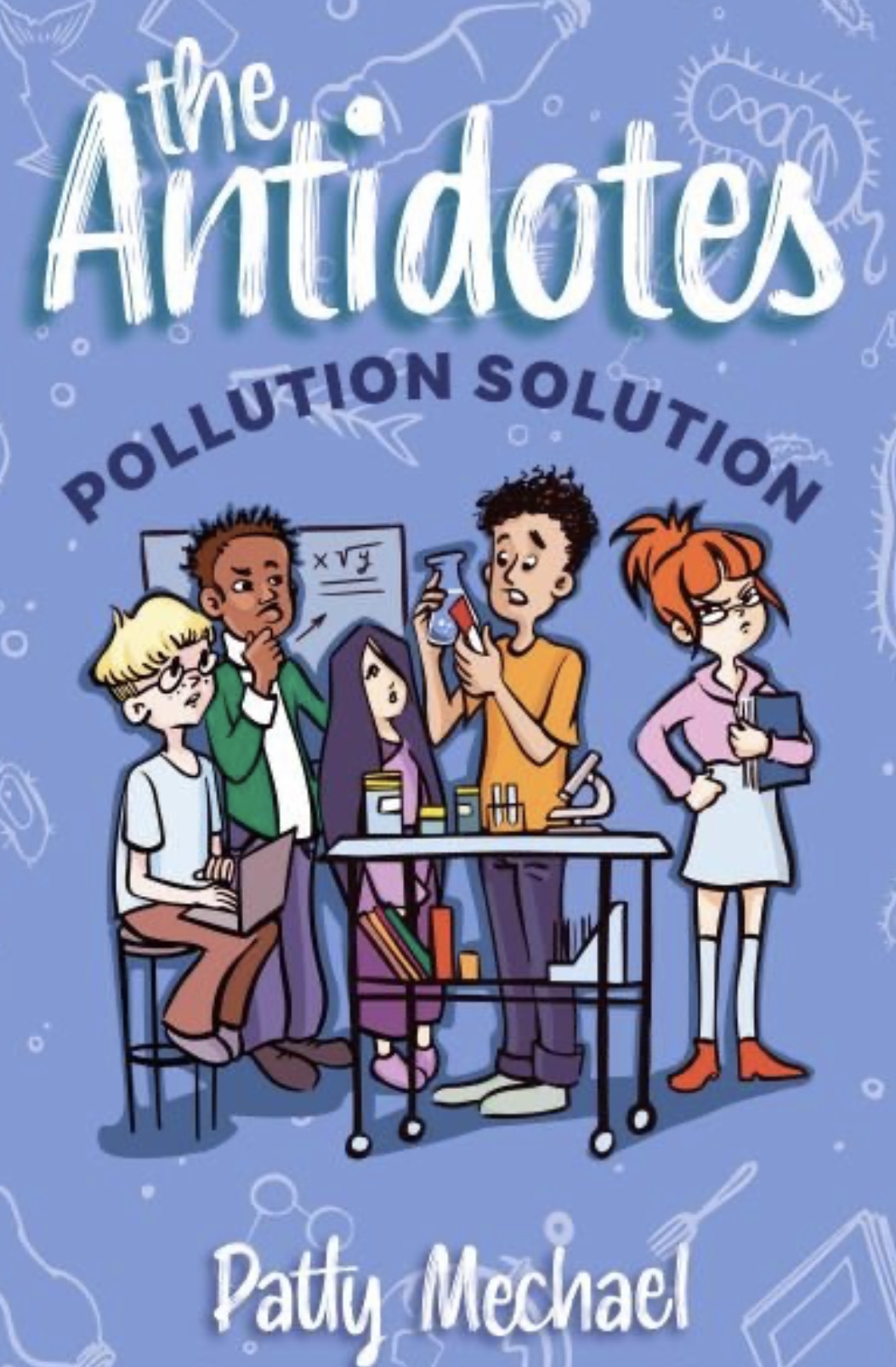 Public health specialist uses expertise to create engaging, educational STEM-based middle grade series
Public health specialist uses expertise to create engaging, educational STEM-based middle grade series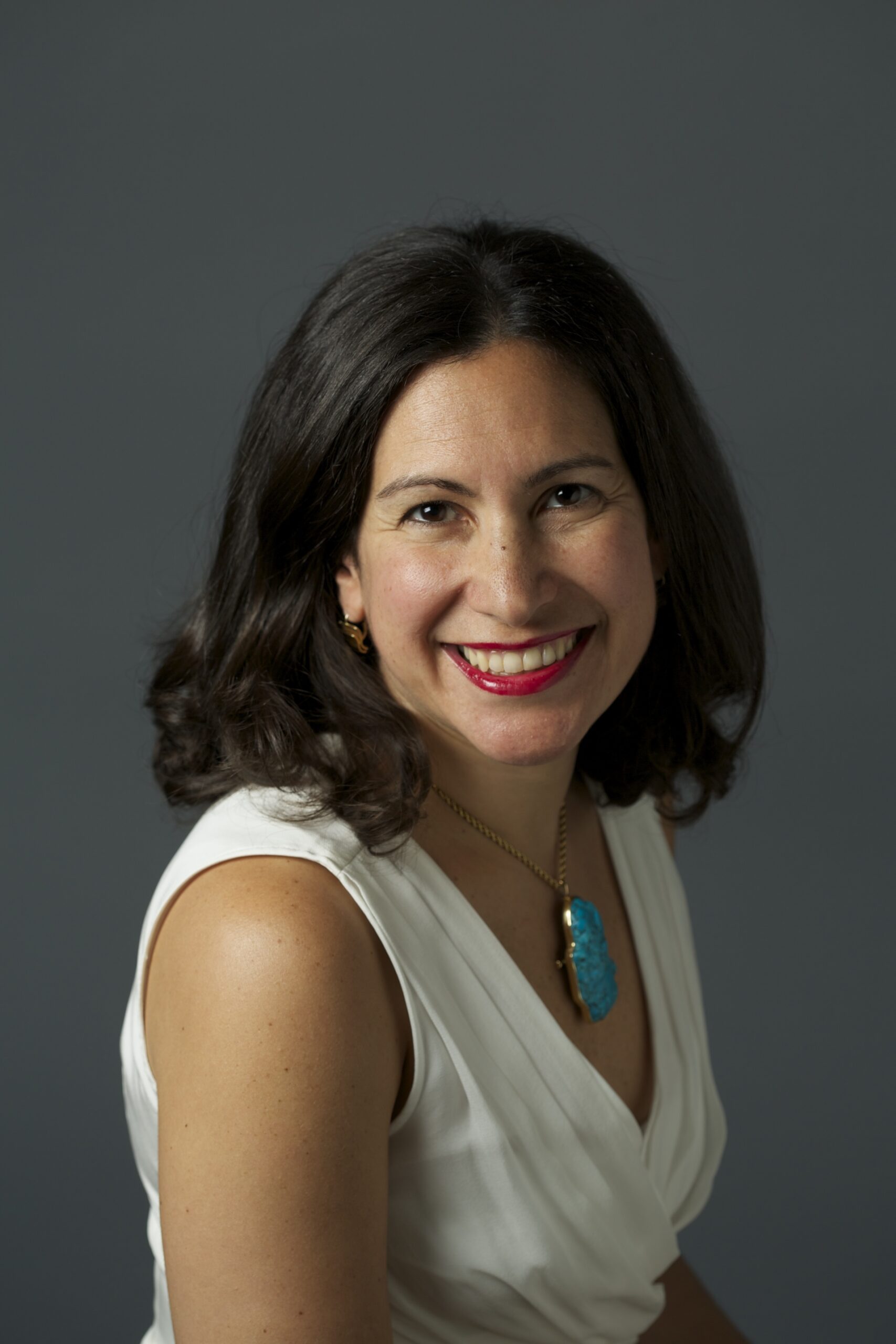
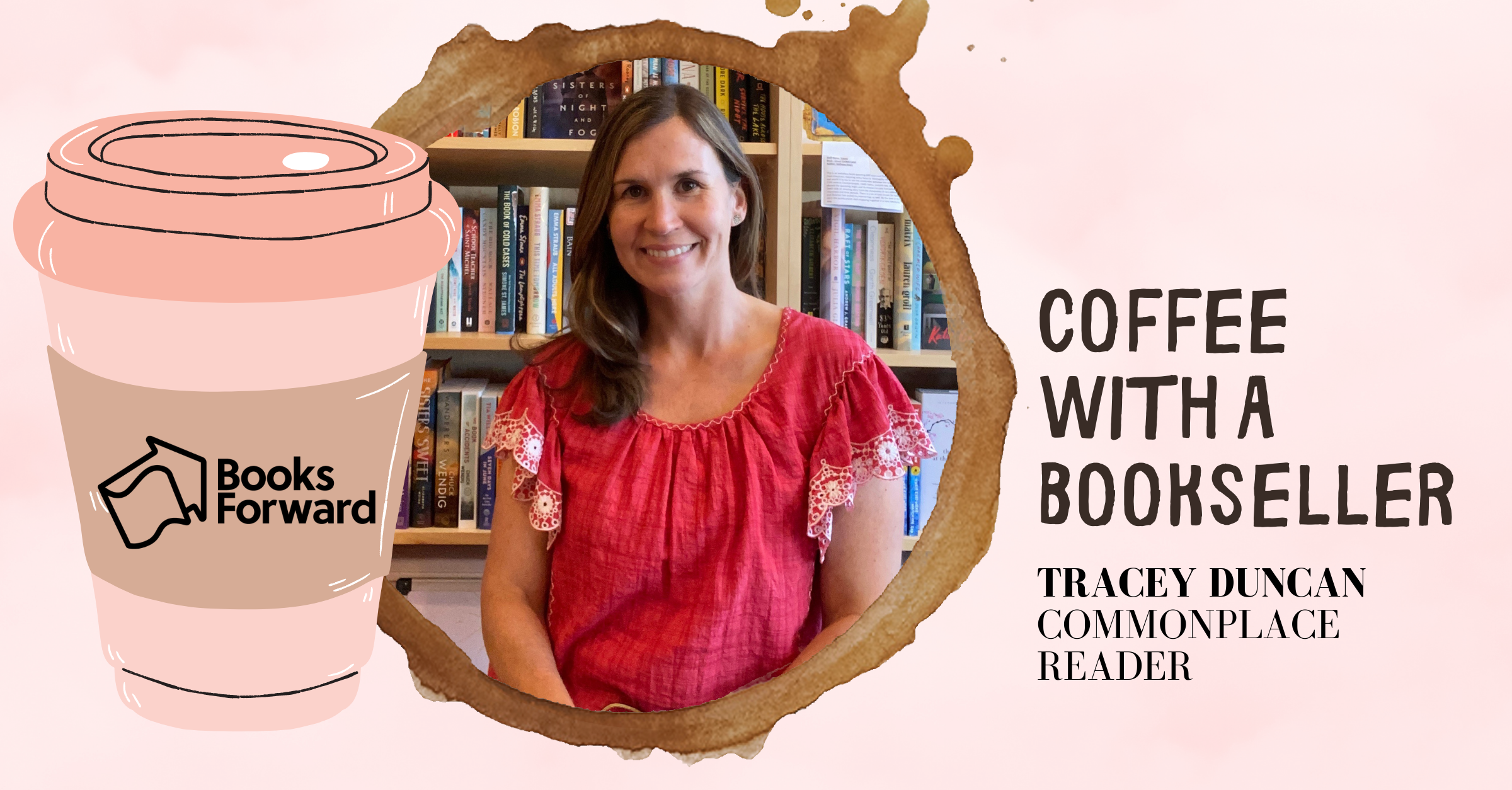
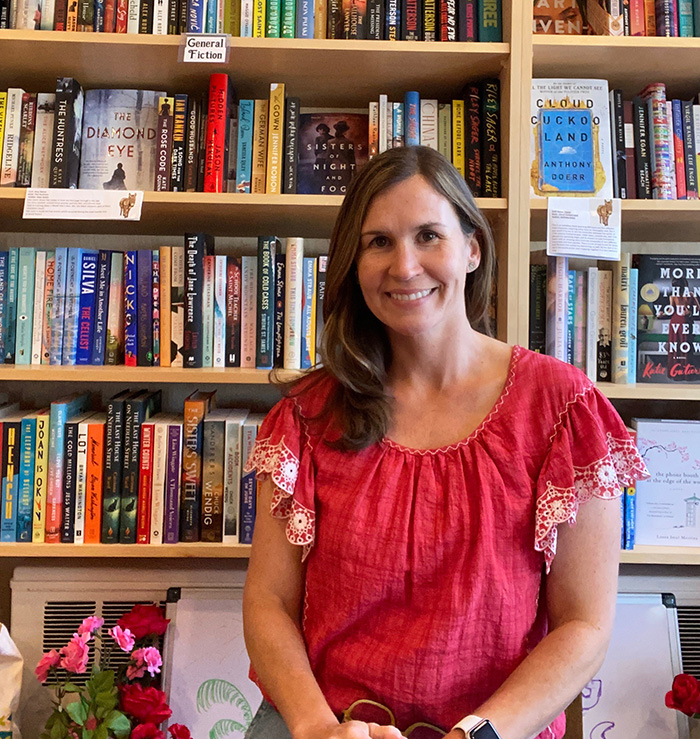 What’s your favorite area of your bookstore?
What’s your favorite area of your bookstore?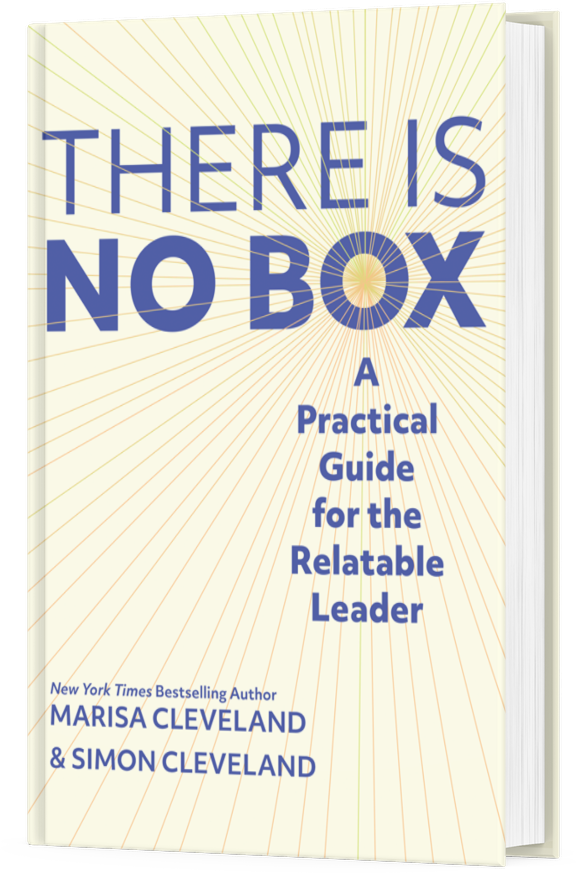 NAPLES, Fla. – In today’s global economy, effective leadership requires engaging in diverse interactions, meaning there is no singular, predefined way to lead. Instead, leaders today must be culturally agile, and they must live that awareness and adaptability each and every day.
NAPLES, Fla. – In today’s global economy, effective leadership requires engaging in diverse interactions, meaning there is no singular, predefined way to lead. Instead, leaders today must be culturally agile, and they must live that awareness and adaptability each and every day. With more than two decades in the education and publishing industries, Dr. Marisa Cleveland is adamant about supporting efforts toward the betterment of the human condition. She is the executive director for The Seymour Agency, a Hodges University Board of Trustees member, and a New York Times and USA Today bestselling author. In 2021, she was honored with a Distinguished Online Teaching nomination for Southern New Hampshire University, where she is an adjunct professor. Gulfshore Business and D’Latinos magazines honored Marisa with the Arts and Culture 2015 FACE Award, and in 2014, Gulfshore Business selected her as a “40 Under Forty” honoree. She holds an EdD in organizational leadership from Northeastern University, and an M.A. in educational administration and a B.S. in speech communication from George Mason University.
With more than two decades in the education and publishing industries, Dr. Marisa Cleveland is adamant about supporting efforts toward the betterment of the human condition. She is the executive director for The Seymour Agency, a Hodges University Board of Trustees member, and a New York Times and USA Today bestselling author. In 2021, she was honored with a Distinguished Online Teaching nomination for Southern New Hampshire University, where she is an adjunct professor. Gulfshore Business and D’Latinos magazines honored Marisa with the Arts and Culture 2015 FACE Award, and in 2014, Gulfshore Business selected her as a “40 Under Forty” honoree. She holds an EdD in organizational leadership from Northeastern University, and an M.A. in educational administration and a B.S. in speech communication from George Mason University. Dr. Simon Cleveland lectures at Johns Hopkins University and Georgetown University. He has over 20 years of experience in the fields of corporate and government leadership, higher education administration, project management, information systems and technology management, having worked in various leadership roles for organizations such as MD Anderson Cancer Center, Department of Homeland Security, NASA, Accenture, America Online, Georgetown University and City University of Seattle. Dr. Cleveland holds a Ph.D. in information systems from Nova Southeastern University, an M.S. in project management from The George Washington University, an M.A. in leadership from City University of Seattle and a B.S. in management and marketing from George Mason University. He is certified as a project management professional, Six Sigma Black Belt expert and Certified ScrumMaster. He is the author of over 50 peer-reviewed publications, is a Tropaia Award recipient for Outstanding Faculty at Georgetown University, and was honored with the Excellence in Teaching Award from Johns Hopkins University.
Dr. Simon Cleveland lectures at Johns Hopkins University and Georgetown University. He has over 20 years of experience in the fields of corporate and government leadership, higher education administration, project management, information systems and technology management, having worked in various leadership roles for organizations such as MD Anderson Cancer Center, Department of Homeland Security, NASA, Accenture, America Online, Georgetown University and City University of Seattle. Dr. Cleveland holds a Ph.D. in information systems from Nova Southeastern University, an M.S. in project management from The George Washington University, an M.A. in leadership from City University of Seattle and a B.S. in management and marketing from George Mason University. He is certified as a project management professional, Six Sigma Black Belt expert and Certified ScrumMaster. He is the author of over 50 peer-reviewed publications, is a Tropaia Award recipient for Outstanding Faculty at Georgetown University, and was honored with the Excellence in Teaching Award from Johns Hopkins University.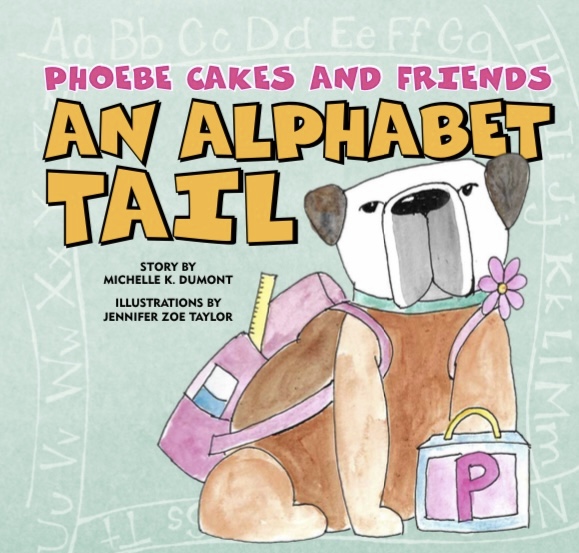 Beloved special needs bulldog companion returns in precious series
Beloved special needs bulldog companion returns in precious series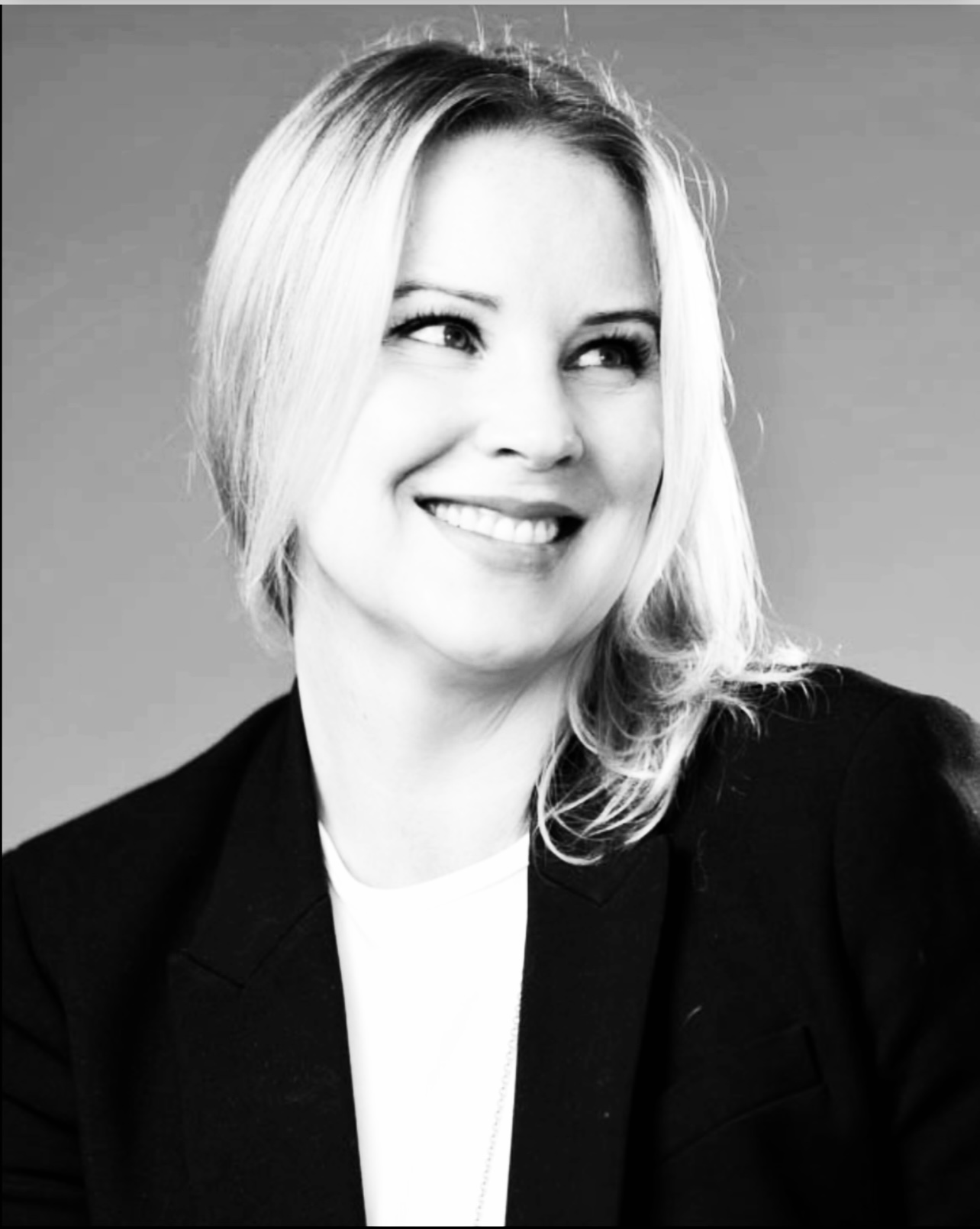 Michelle Dumont lives in New Orleans with her family and four furry friends. A licensed Respiratory Therapist and Asthma Educator, she began writing following the advice of a friend. Like Phoebe, she loves long car rides, peanut butter and everything New Orleans.
Michelle Dumont lives in New Orleans with her family and four furry friends. A licensed Respiratory Therapist and Asthma Educator, she began writing following the advice of a friend. Like Phoebe, she loves long car rides, peanut butter and everything New Orleans.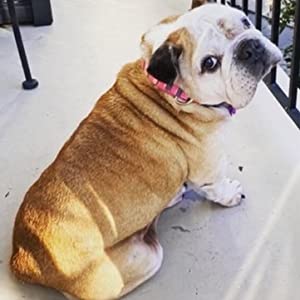 Phoebe Cakes Dumont is a tiny special needs bulldog living the good life in New Orleans, Louisiana. She has a serious love for peanut butter and car rides. Her early life wasn’t so easy, but that all changed when she met my foster mom, Clare, at the New Orleans Bulldog Rescue. She helped Phoebe get back on her feet and on her way to finding her fur-ever home. Phoebe took her time. She sniffed, she snorted and turned up her wet nose. She’d almost given up until the day she met Michelle. Michelle was the twenty-first person to apply for Phoebe’s adoption, and Phoebe now calls her mom, but Michelle calls herself LUCKY #21.
Phoebe Cakes Dumont is a tiny special needs bulldog living the good life in New Orleans, Louisiana. She has a serious love for peanut butter and car rides. Her early life wasn’t so easy, but that all changed when she met my foster mom, Clare, at the New Orleans Bulldog Rescue. She helped Phoebe get back on her feet and on her way to finding her fur-ever home. Phoebe took her time. She sniffed, she snorted and turned up her wet nose. She’d almost given up until the day she met Michelle. Michelle was the twenty-first person to apply for Phoebe’s adoption, and Phoebe now calls her mom, but Michelle calls herself LUCKY #21.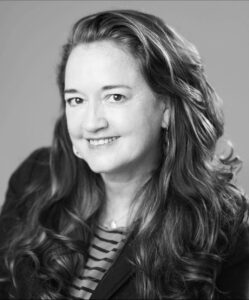 Jennifer Zoe Taylor was born and raised in New Orleans, Louisiana, and currently resides Uptown with her family, two mischievous feline friends, and an axolotl named Jade. A licensed Architect, artist, and filmmaker, she loves to tell stories.
Jennifer Zoe Taylor was born and raised in New Orleans, Louisiana, and currently resides Uptown with her family, two mischievous feline friends, and an axolotl named Jade. A licensed Architect, artist, and filmmaker, she loves to tell stories.
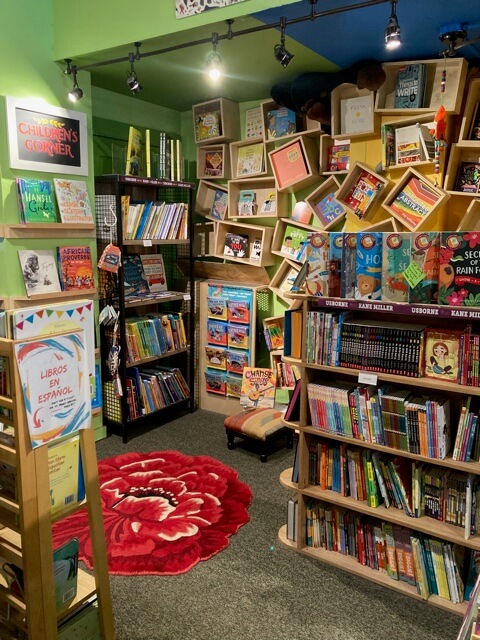 What’s your favorite area of your bookstore?
What’s your favorite area of your bookstore?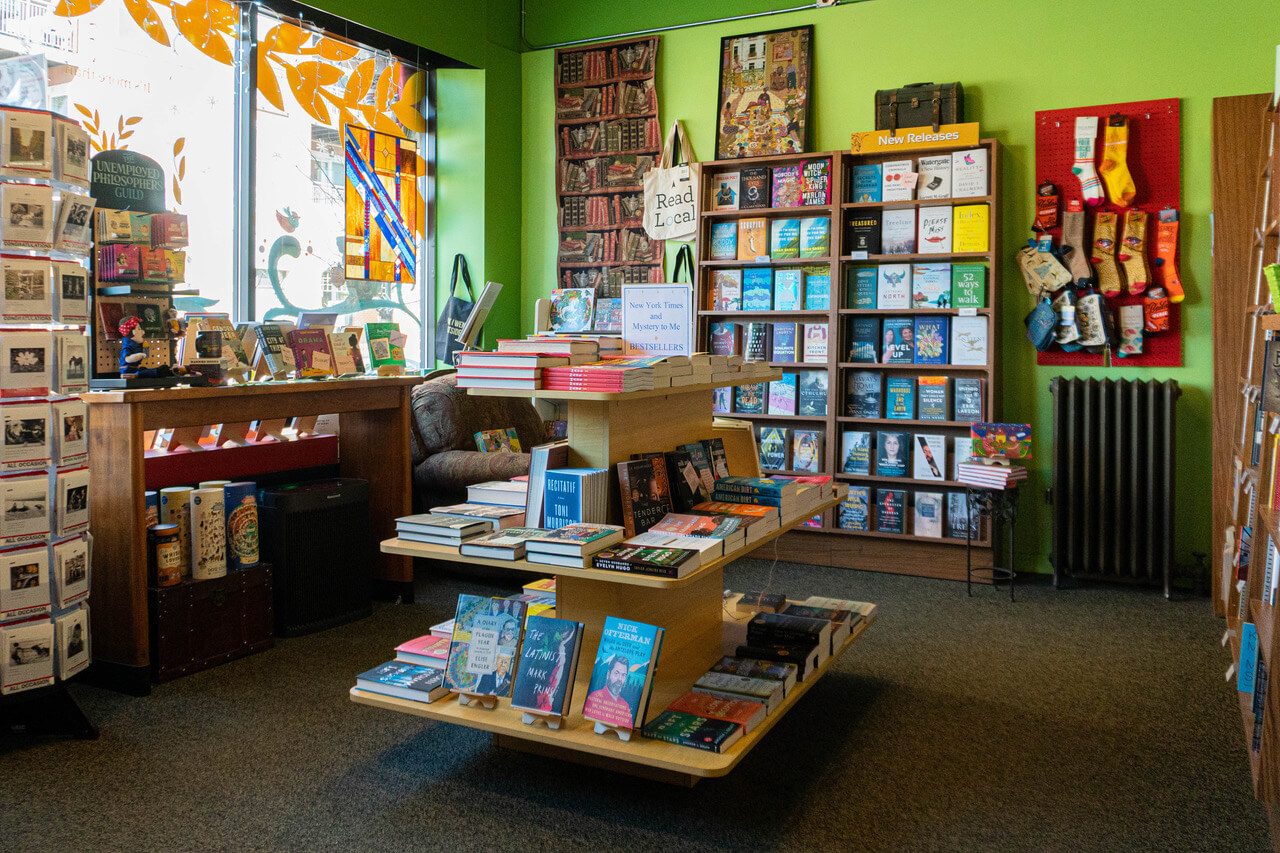


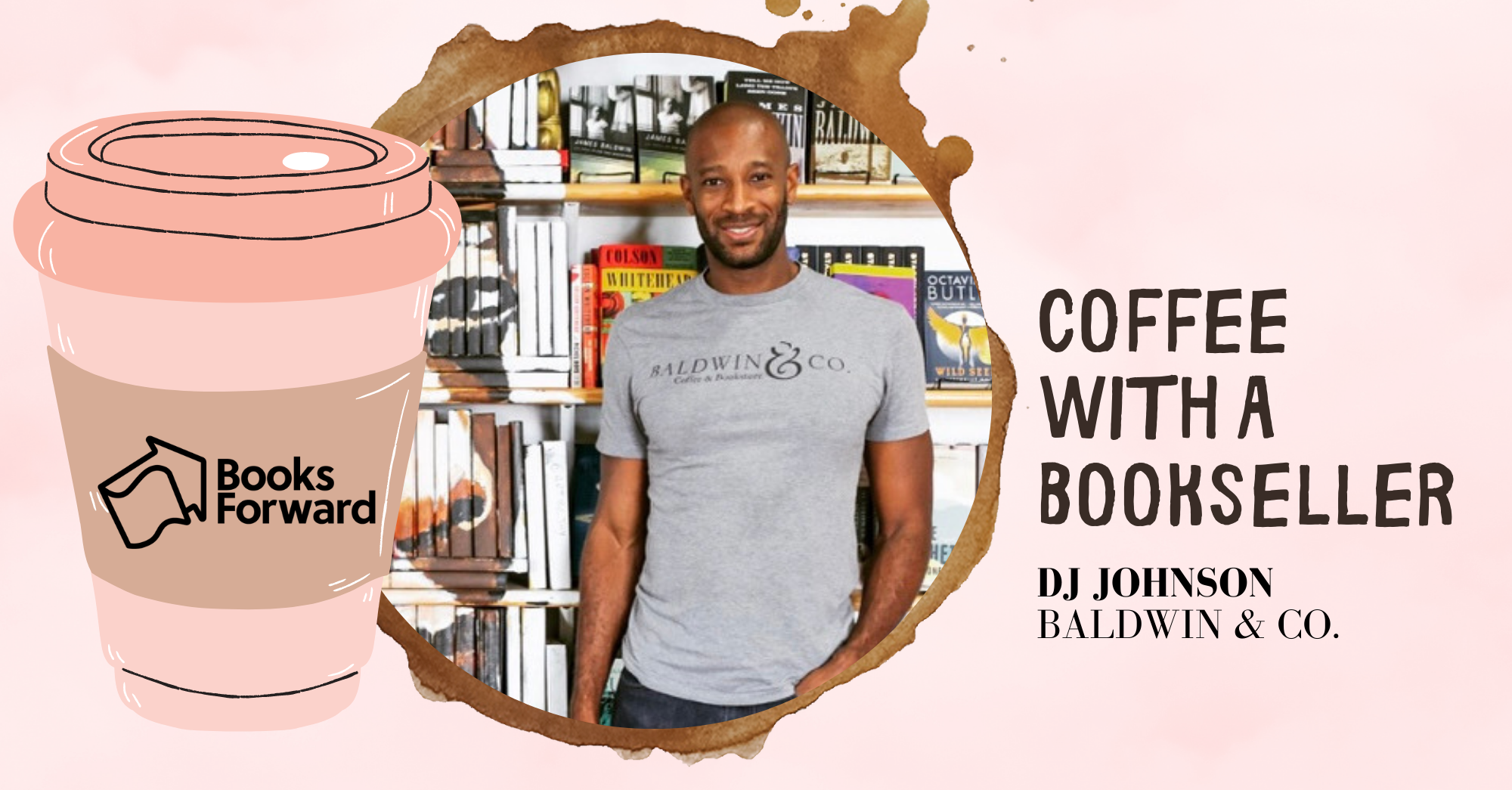
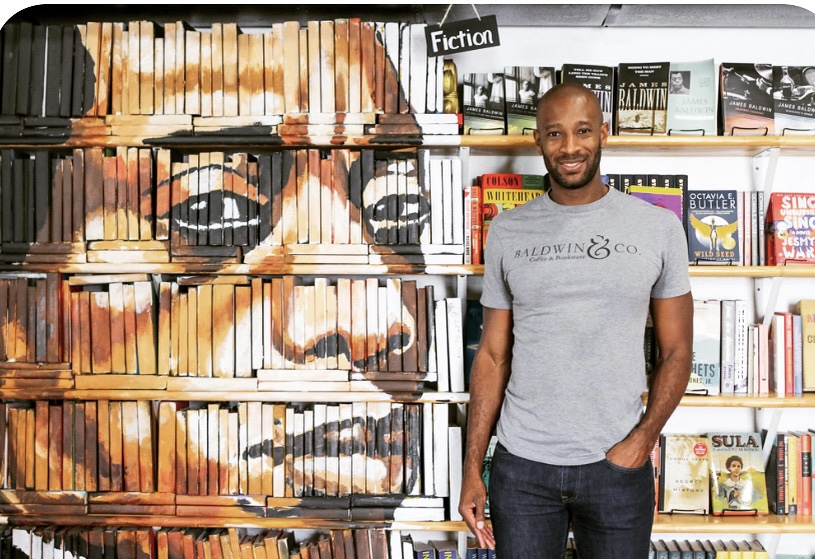 What’s your favorite area of your bookstore?
What’s your favorite area of your bookstore?


